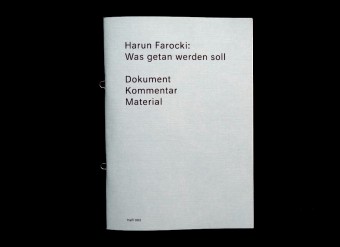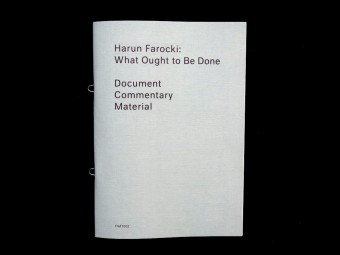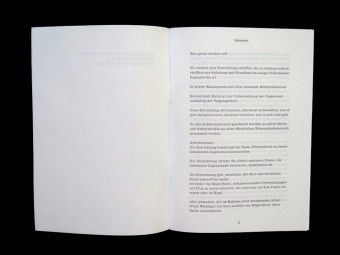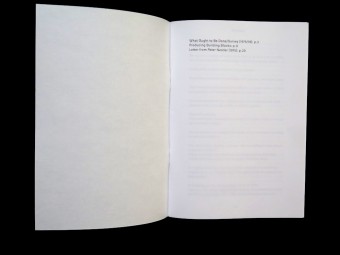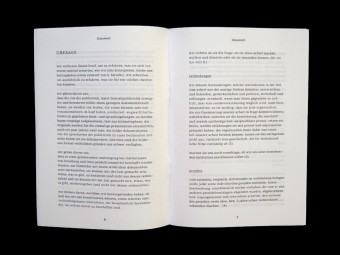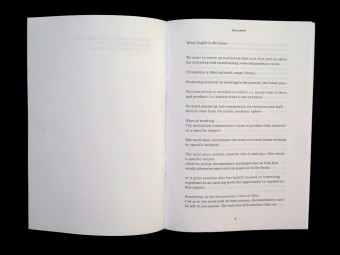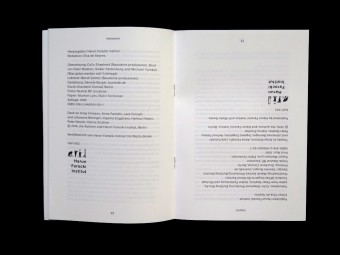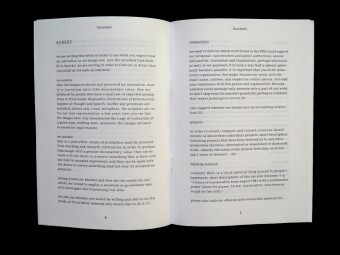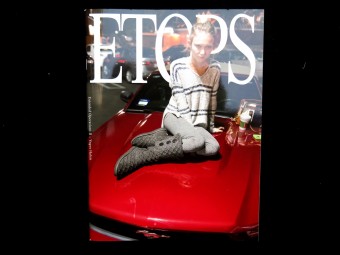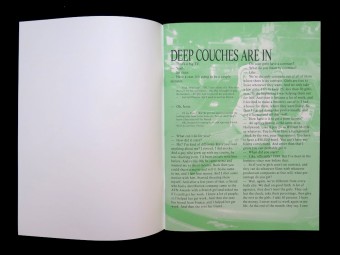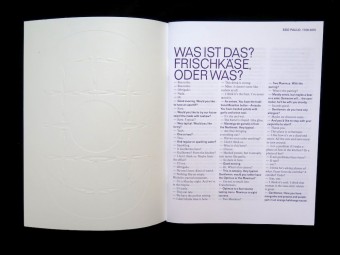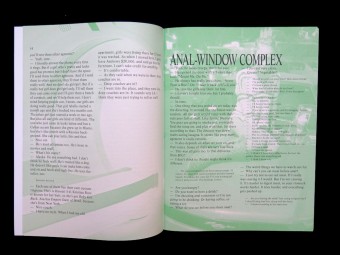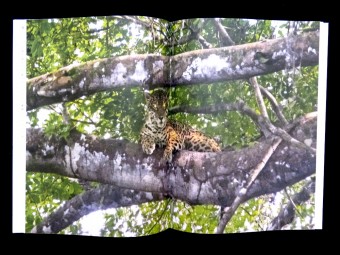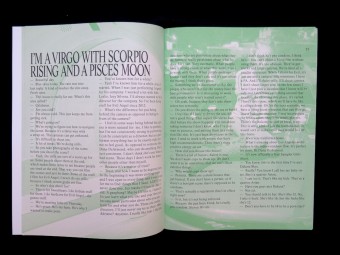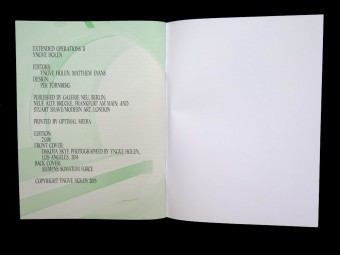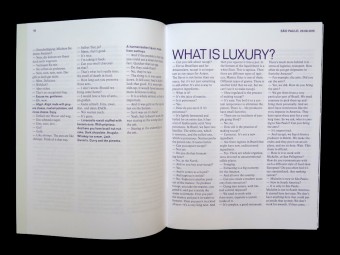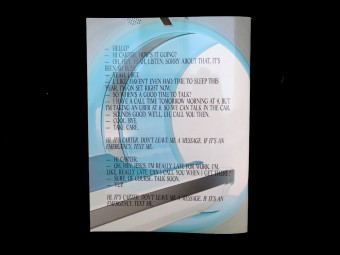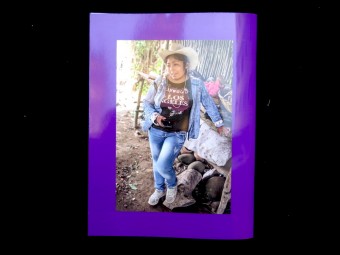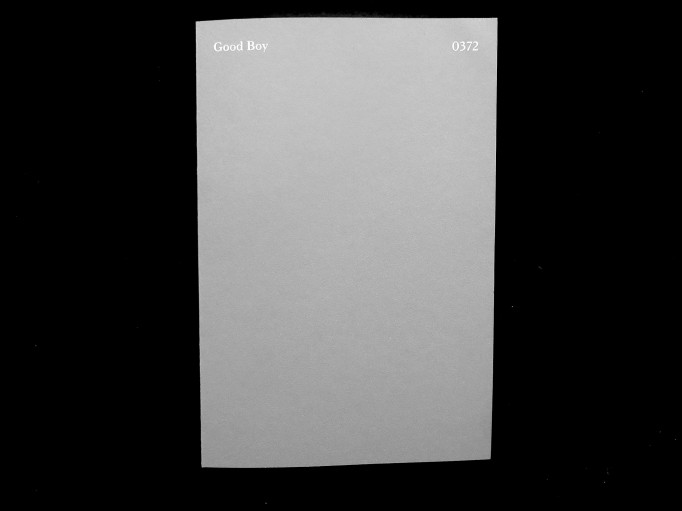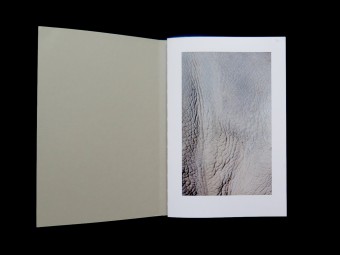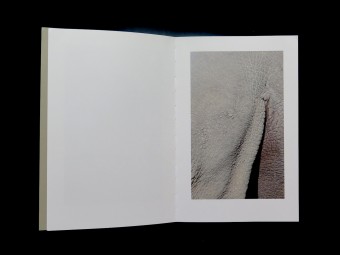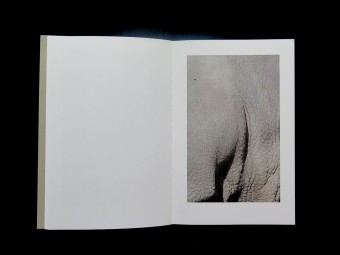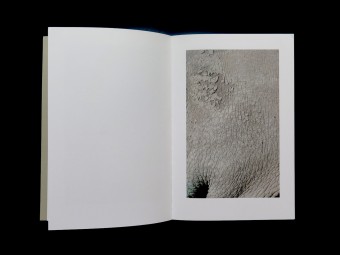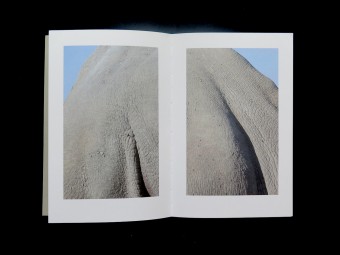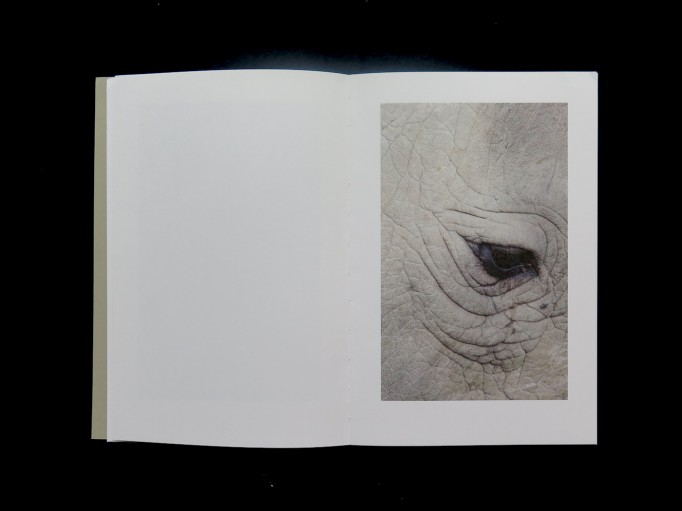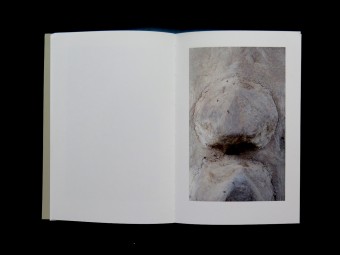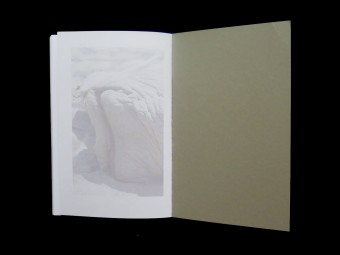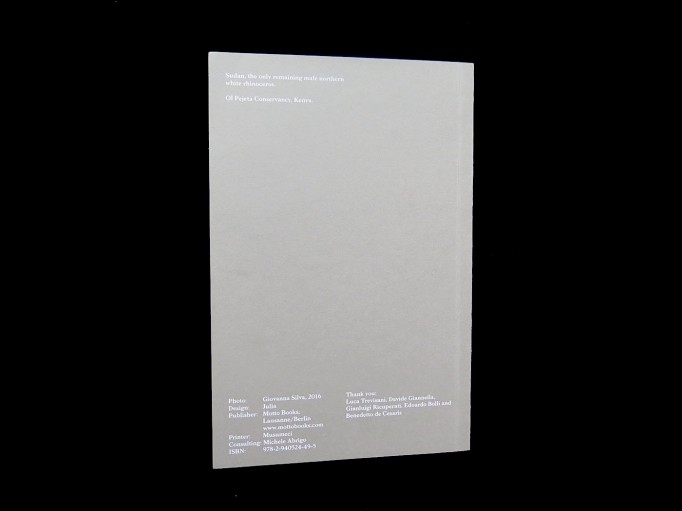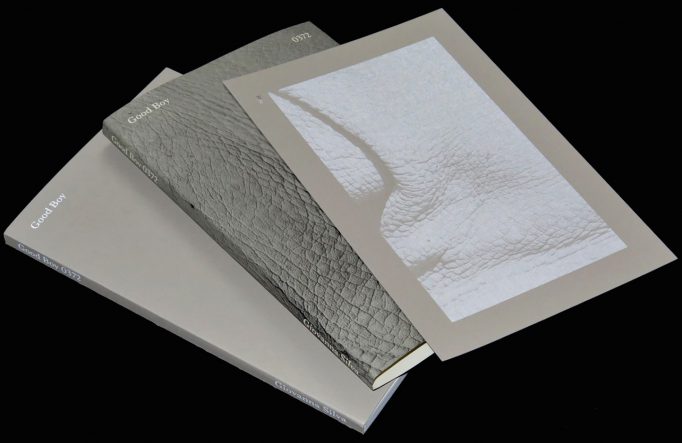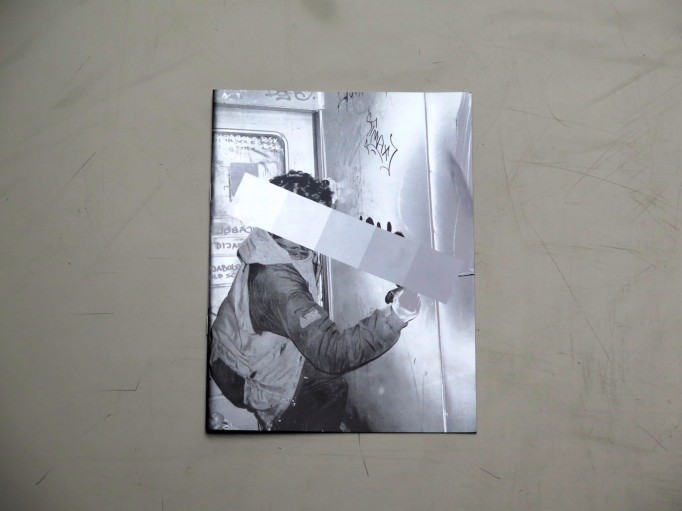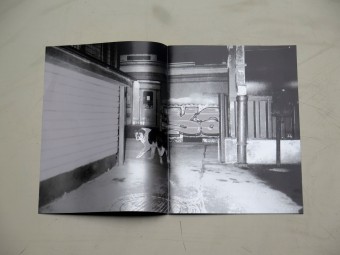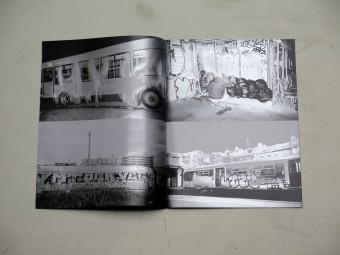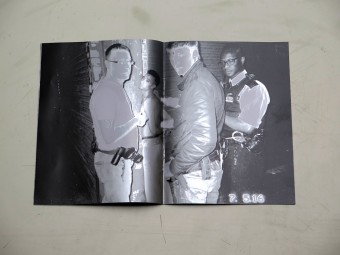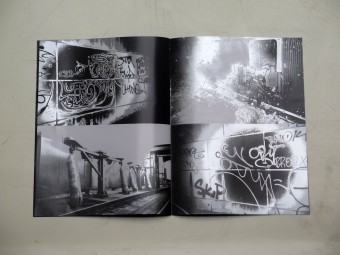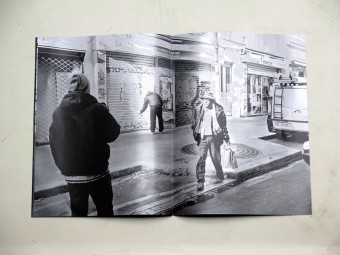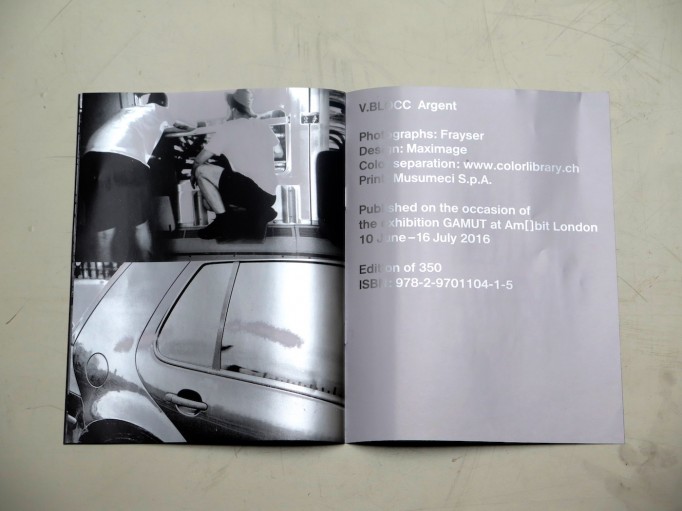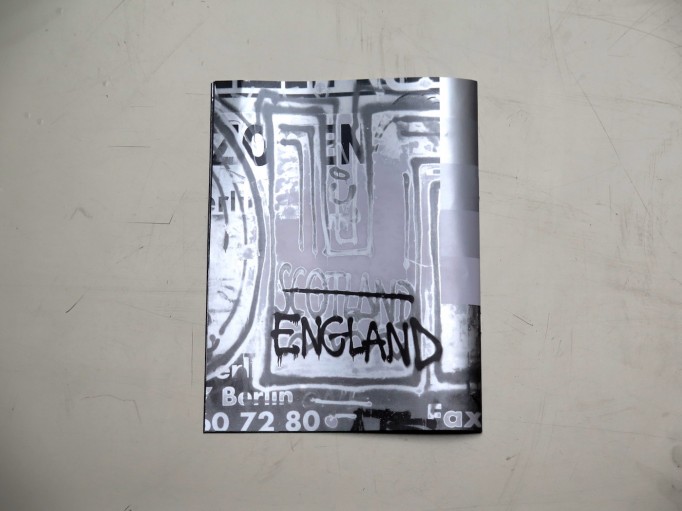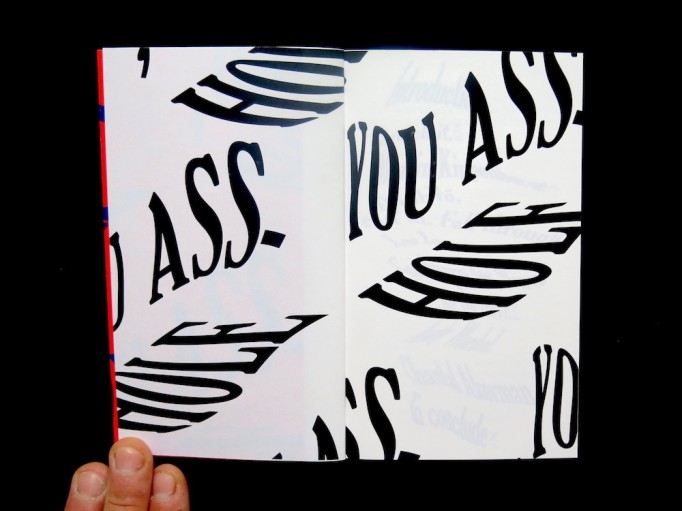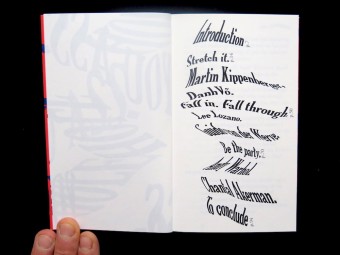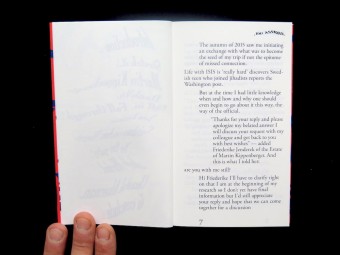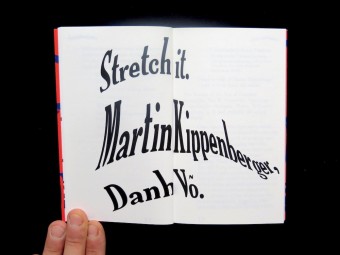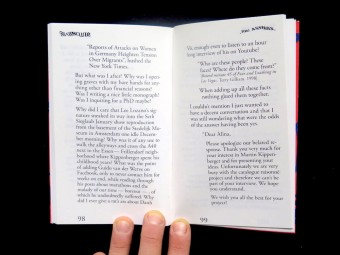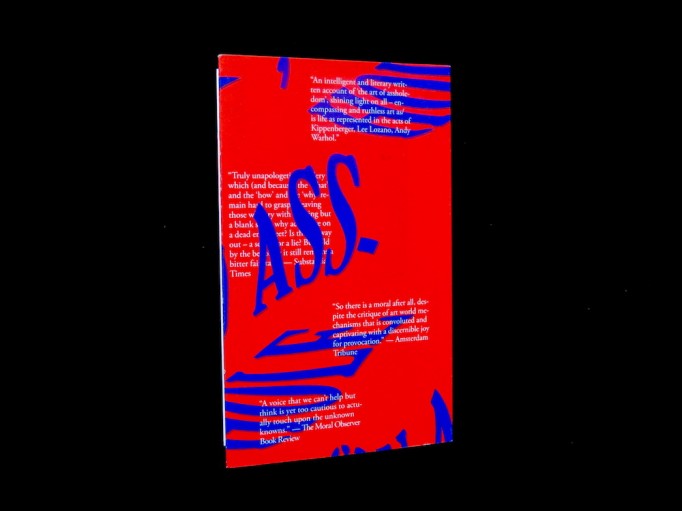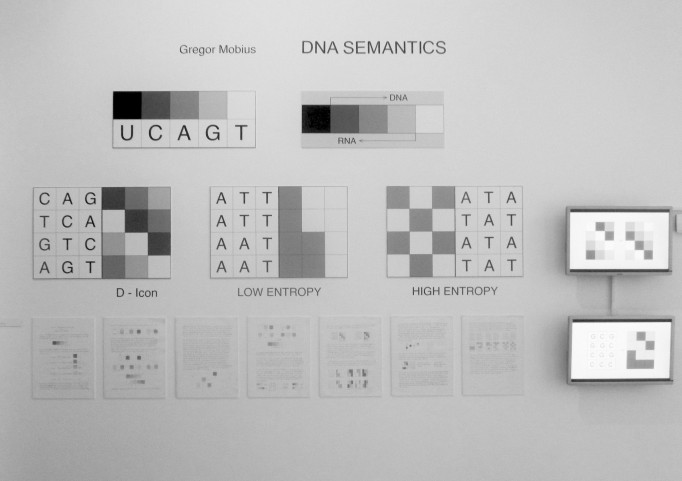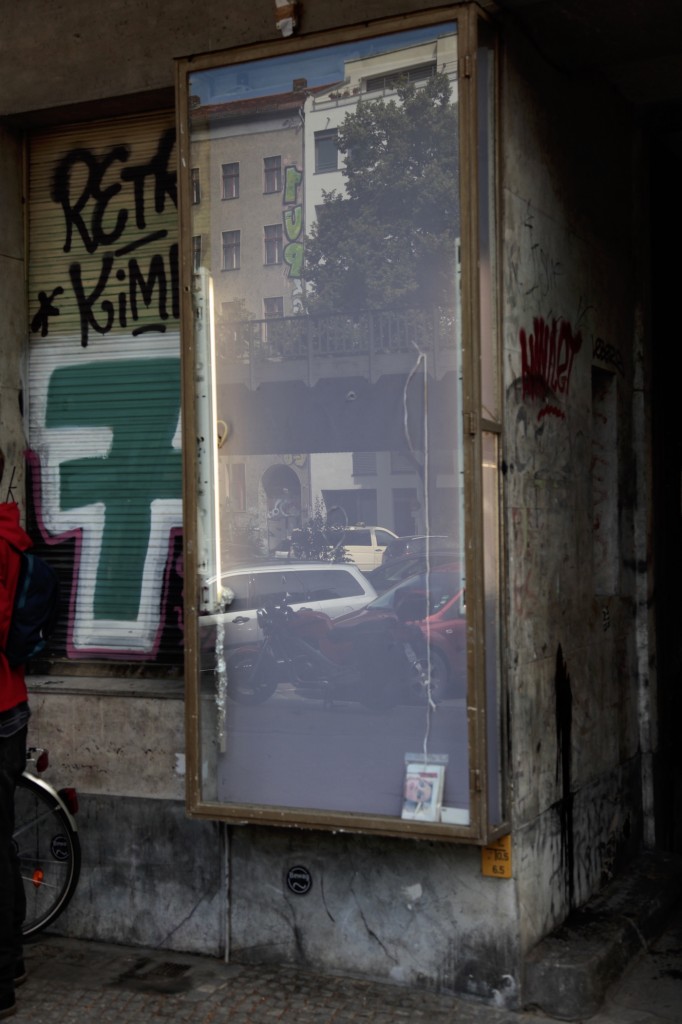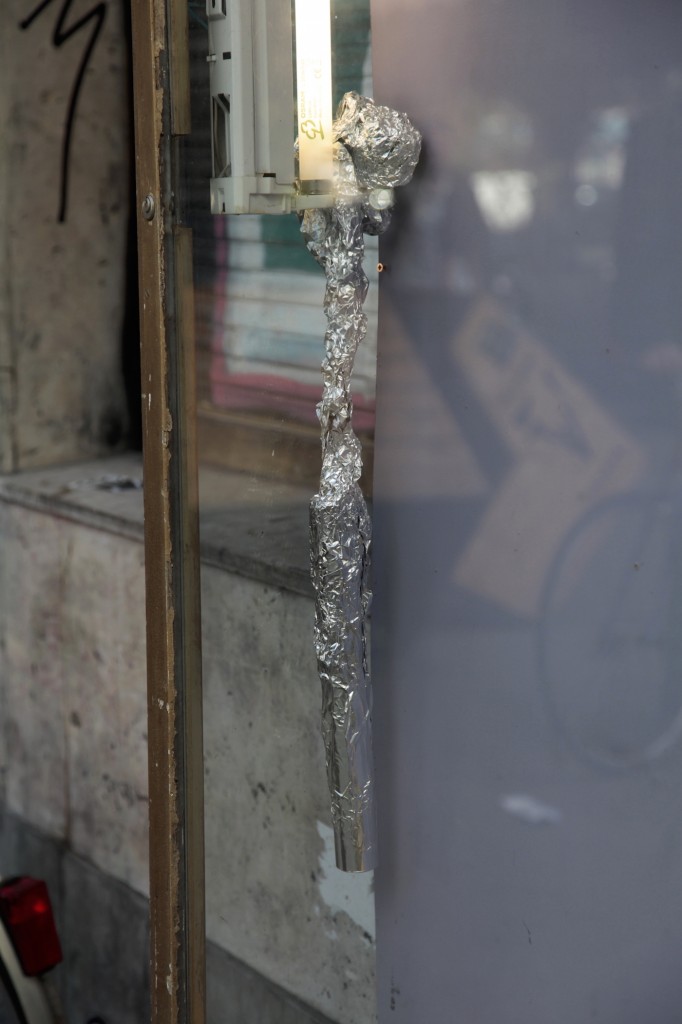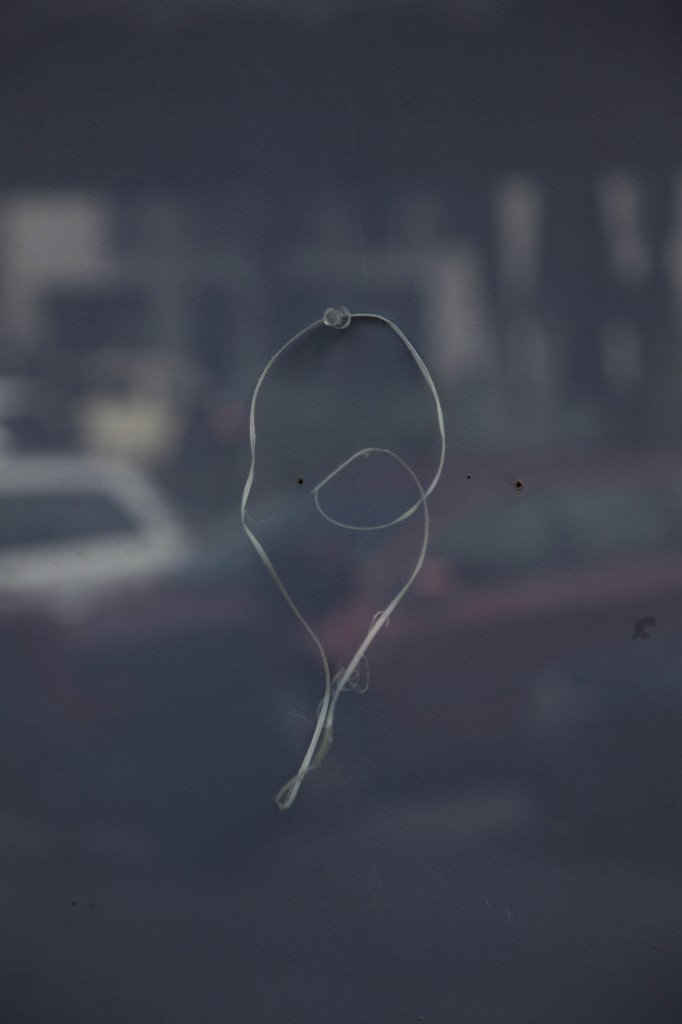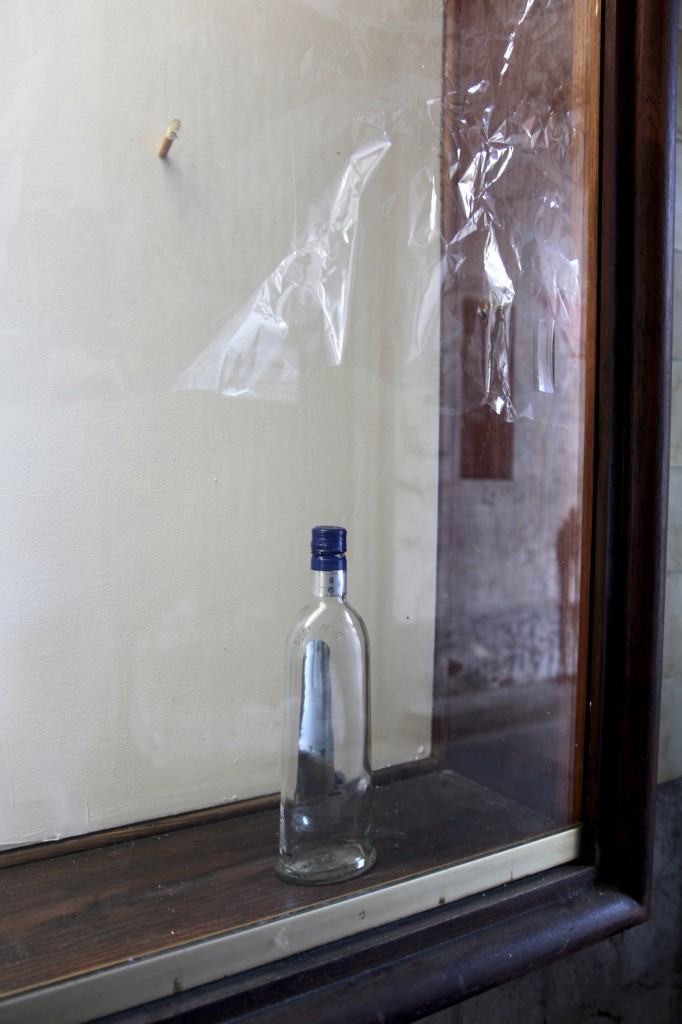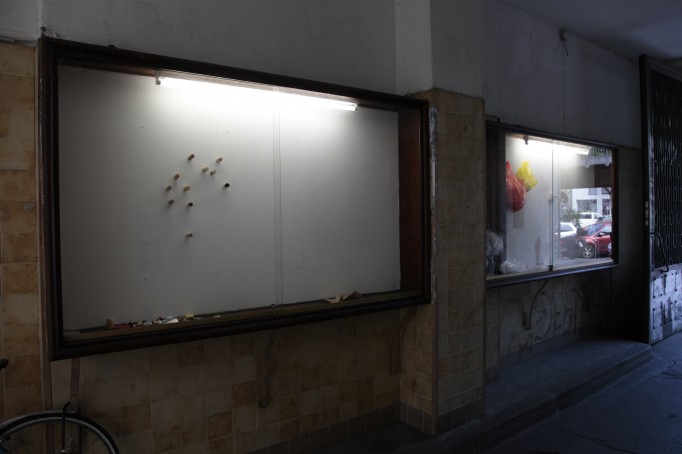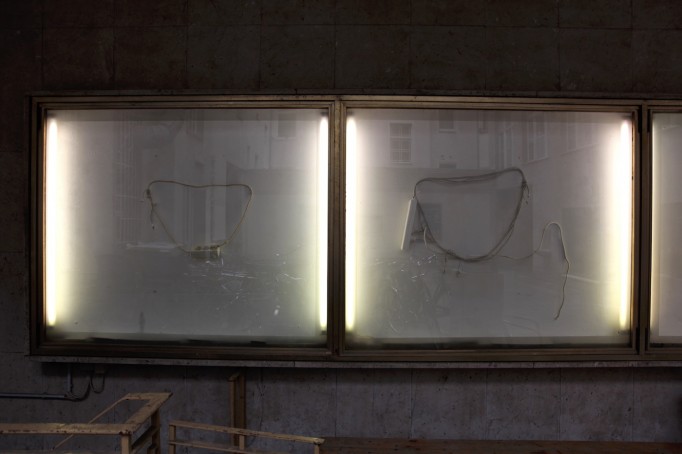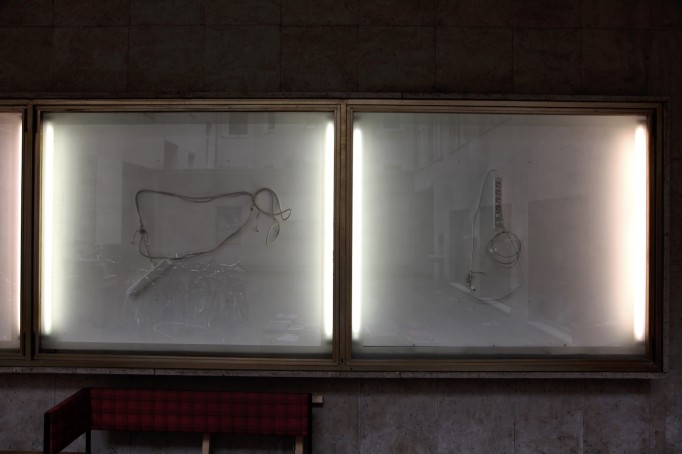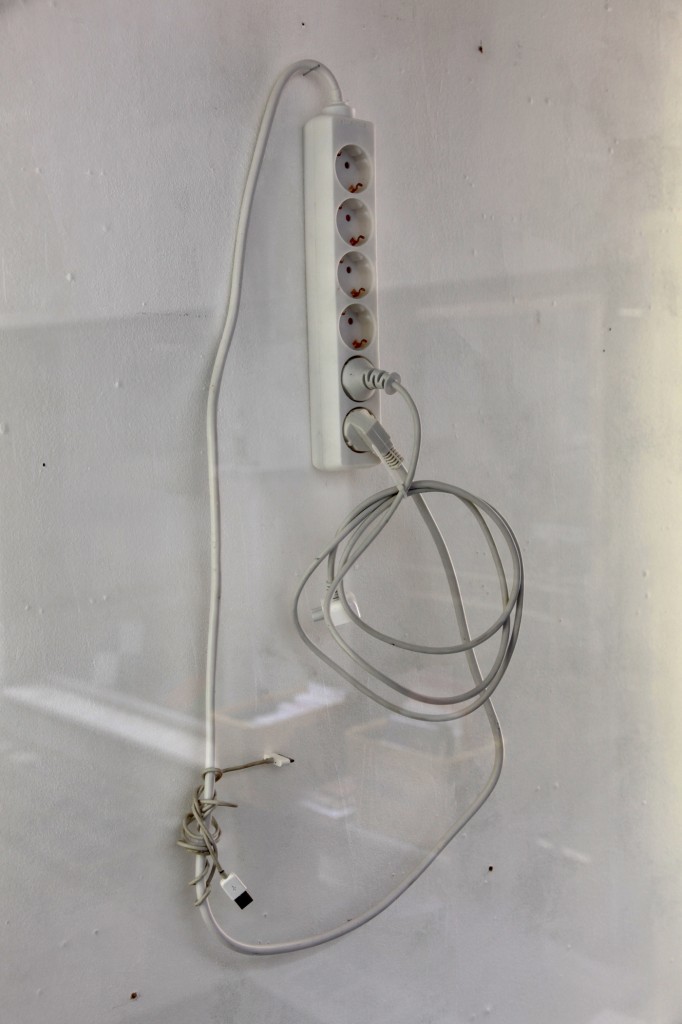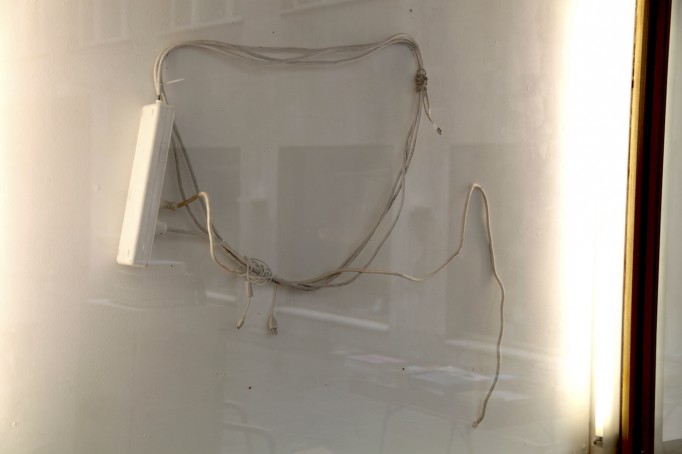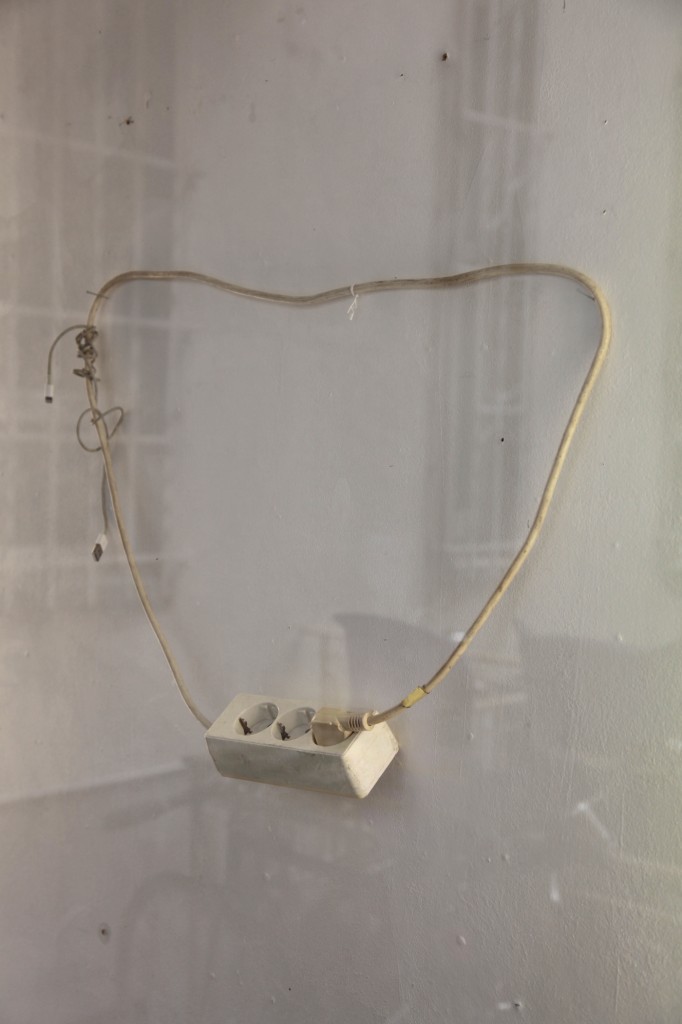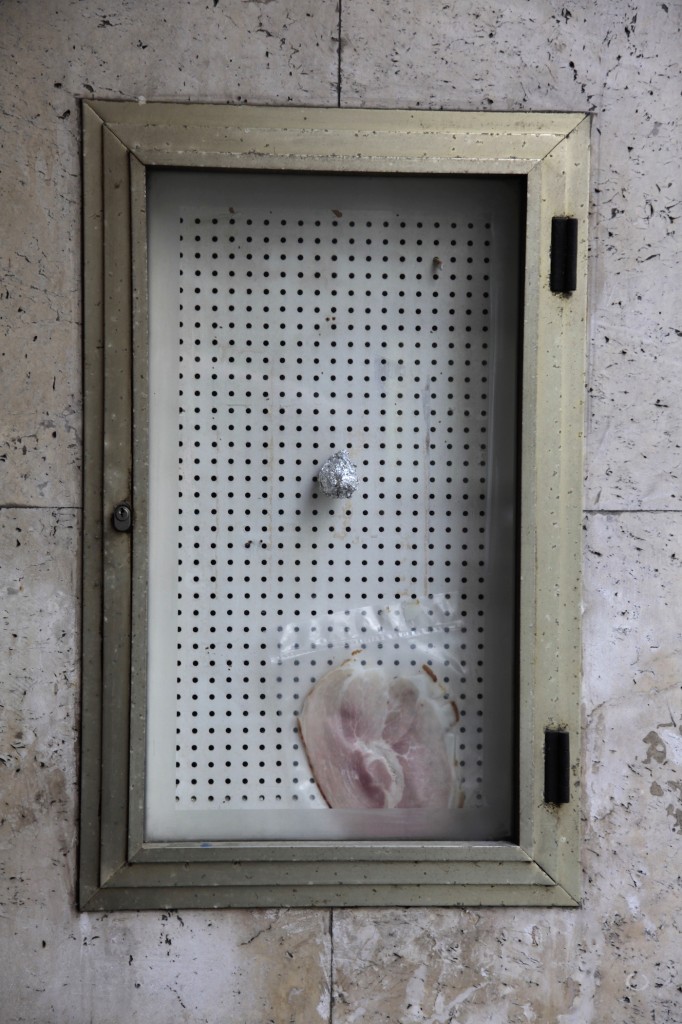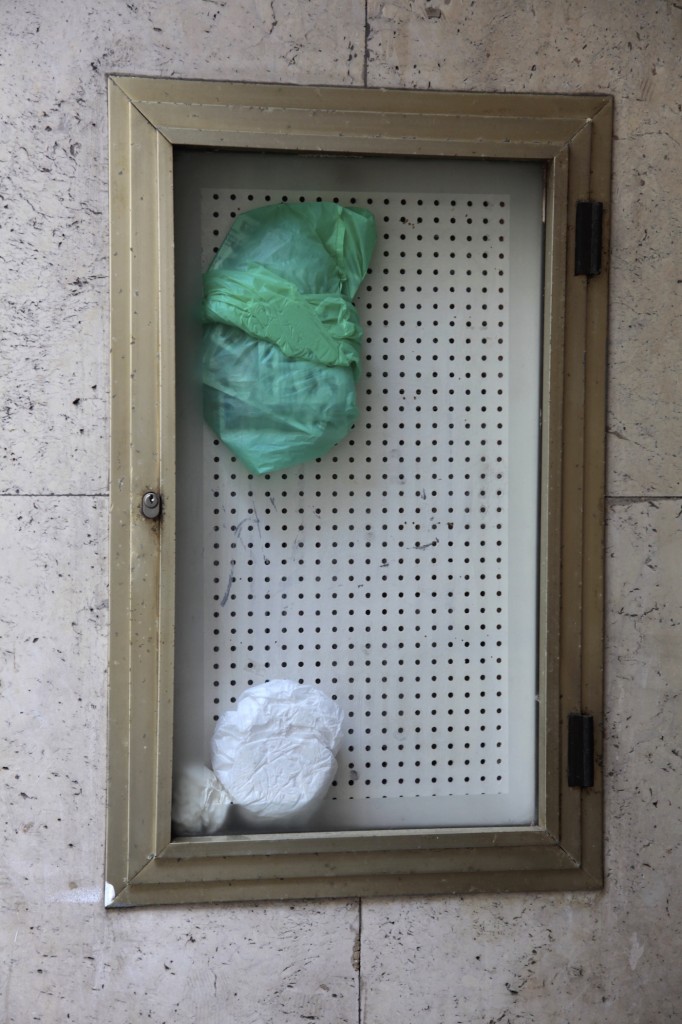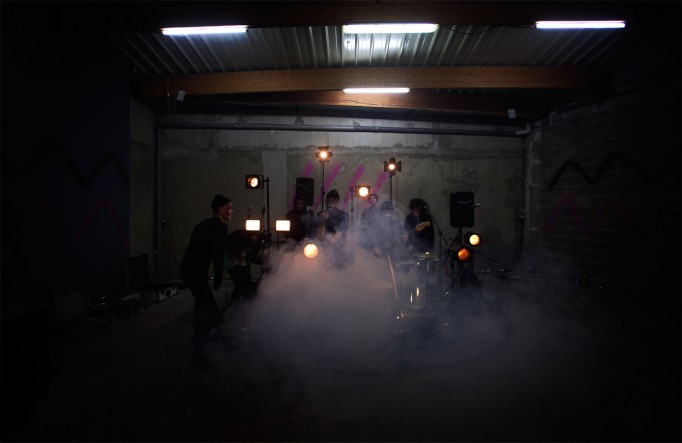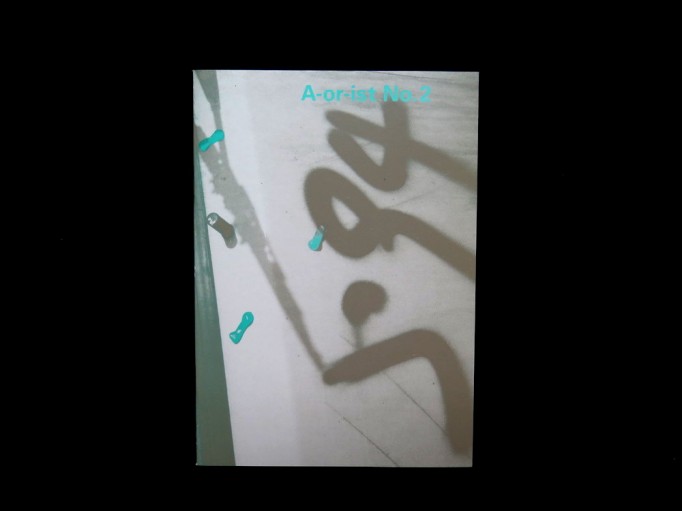
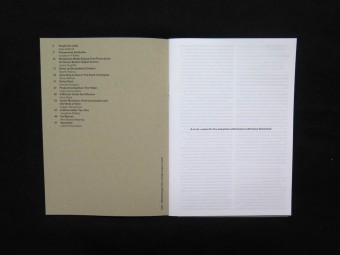
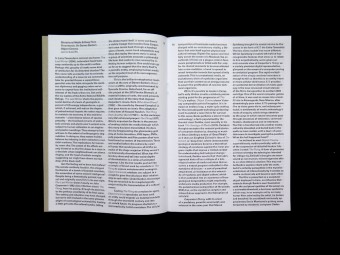
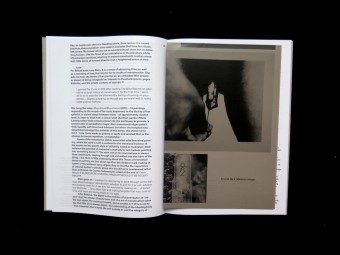
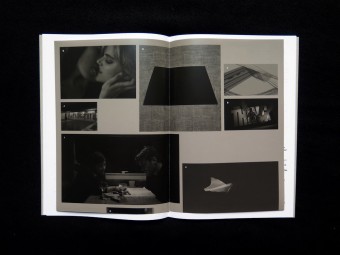
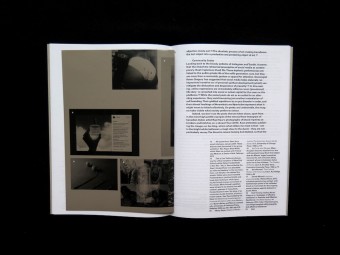

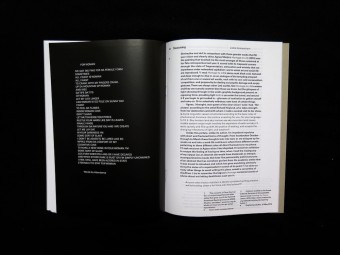
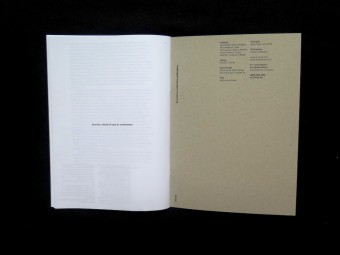
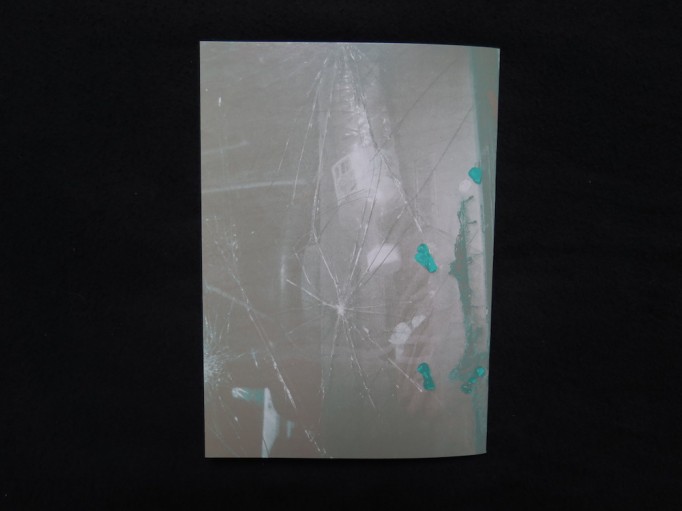
A-or-ist is a collective publication
The Thing – plasticité – Park McArthur – ubiquity – periods – Sophie Cundale – Pure Heroine – future girls – Paul B. Preciado – therapy – Dorine van Meel – disobedience – fans – not doing – Darren Banks – CK One – ritual – fridges – Tavi – Gena Rowlands – hypnosis – queer mysticism – Ilja Karilampi – Agnes Martin – swooning – Shulamith Firestone – adult babies
Extracts
Polysemous Synthetics (on Park McArthur’s ‘Poly’, Chisenhale Gallery, April 2016)
Jonathan P Watts
‘Poly’, from the Greek meaning ‘many’, already suggests the idea of multiplicity. Poly is the prefix of polymer; in various compound forms, synthetic polymers perform an omnipresent role in our daily lives. Is there a substance richer in meaning and metaphor? Plastic speaks of multiplicity and omnipresence. Plastics in textile blends wrap around our bodies, providing thresholds between the world and our skin. Gels – those weird polymer solids that flow – hold the form of the body. Although aware of Park’s political argument against metaphor, I couldn’t reconcile the literalness of material and the disavowal of its metaphorical resonances. Plastics are a fundamental ontological rug pull, so to speak. The widespread use of plastics following the second world war not only enabled new forms, but augured unforeseen possibilities of mimesis. In other words, plastic helps us to think about identity.
Mutational Media & DeepTime Thrombosis: On Darren Banks’s Object Cinema
Jamie Sutcliffe
Get the feeling we’ve been here before? The remote northerly location, the arrogant frontierism of a bunch of bearded scientists, the excavation of some ancient intelligence? Despite being a fantastically pointed, topical and originally scary in its own right, The Last Winter draws heavily on John Carpenter’s 1982 alien-infection classic The Thing, from its pacing, through its paranoia, to the perilous uncertainty of its final scene. The setting and situation may have changed, but we’re still involved in the same grievous plight of cosmological vulnerability. Casting a little grit onto the cultural tundra, letting the strata reveal itself, it turns out there’s a visible lineage that recedes from Carpenter’s own movie back through a hundred years of texts, comic book adaptations and films that replay the same story in which a group of scientists excavate a primordial life form that seeks its own survival by infecting human subjects. One could even go so far as to suggest that the story itself is a parasitic entity, employing human media as the impotent host of its own regenerative self-purpose.
Notes on Disobedient Children (Dorine van Meel, 2015)
Naomi Pearce
(Dorine) creates a cracked and empty landscape, a handful of pylons sparsely scattered, barely perceptible in the red fog. There’s no sun, or sky or horizon. Another image: a meshwork of untethered electricity cables, slack, inoperative. Cut to a heavenly futuristic landscape where the remnants of human institutions – a white wedding veil – float serenely free. There are no bodies here, just structures on a sliding scale of functionality. We look up from inside a rhizomatic cage or out at a far-reaching line of fences. These are monuments to construction, they mark boundaries but in all this emptiness it’s not clear what they separate, what orders they impose.
All the while crumbling, glitching audio mutates. The sound of movement, of things breaking, both digitally and physically, tectonic plates shifting, buildings falling, rubbish heaps accumulating.
According to Alice 2:The Scent of Ubiquity
Alice Hattrick
Nothing much changes in the minutes and hours after atomization. It is ‘green’ and citrus – lemon and bergamot – and then slightly floral. An hour later it becomes woodier before it is basically nothing. L’Eau d’Issey (1992) was just as ubiquitous in the 1990s and much more interesting: a whole flower – stem and bloom – and way dirtier than its name suggests. The only decent descriptor I can think of for CK One is ‘CK One’. It sits on top of your skin and refuses to have anything to do with you. No part of it sticks, stays, or really changes. And then I realize: it’s not supposed to. CK One is no one’s signature scent. It is pure ubiquity. It is the definition of blending in. Wearing CK One, I have the thought that this is in fact the opposite of perfume.
Period Piece
Hannah Gregory
Looking back to the bloody patterns of Instagram and Tumblr, it seems that the elsewhere rehearsed prescription of social media as contemporary ritual (inglorious ritual) fits. These rhythmic performances are linked to the public-private life of the selfie generation, sure, but they are more than a narcissistic gesture or appeal for attention. Sociologist Karen Gregory has suggested that social media helps elaborate ‘an improvised narrative arc of personal spiritual development [which] can mitigate the dislocation and desperation of precarity.’ In this reading, online expressions are immediately reified as ‘one’s [provisional] life story’ is converted into social or actual capital for the users or the platforms. While the period posts do act as an outlet for an alienating experience, they resist becoming just another instantiation of self-branding.Their gridded repetitions try to put disorder in order, and their shared hashtags of #menstrala and #periodart represent what it might mean to bleed collectively. Un-pretty and undesirable, the images make visible what society prefers to censor.
A Woman Under the Influence (on Sophie Cundale’s After Picasso, God, 2016)
Amy Budd
The iconoclastic title After Picasso, God betrays the simple narrative structure and prosaic content of a film following a day in the life of a woman undergoing hypnosis to quit smoking. Whereas in previous works the artist mostly remained behind the camera, only occasionally making her presence felt in Prologue by interrupting improvised scenes with one line quips and directions, After Picasso, God sees Cundale perform the role of non-verbal protagonist, smoking her way through South London’s public and private spaces.
Queer Mysticism, Feral Communism and [the Body of Text]
Caspar Heinemann
A grounding statement is: Your body is literally hollow; another is: You literally do not have a body but rather millions.This gets more intense when you disregard Cartesian dualism and remember you don’t have but rather are bodies. ‘Your’ ‘body’ is constituted by organisms of many different genders and none. Literally literally literally literally and a few metaphorically.
Swooning
Lizzie Homersham
To my recovered self and to ideas about the obligation to care, Firestone’s ‘Swooning’ is like (Agnes) Martin’s Homage to Life: remarkable for making imperative the need to visualize a problem in order to put it to rest. Remarkable for being the blanket you might wrap around yourself when, echoing Claudia Rankine, ‘you are alone and too tired even to turn on any of your devices, you let yourself linger in a past stacked among your pillows.’ The black blanket you might share? By posting ‘Swooning’ to Twitter, and writing about it here, I wanted to put Firestone’s edges and the tempting prospect of disappearance into dialogue with some questions I have about social media. If that’s not too much of a flight of mind.
€10.00
Buy it

